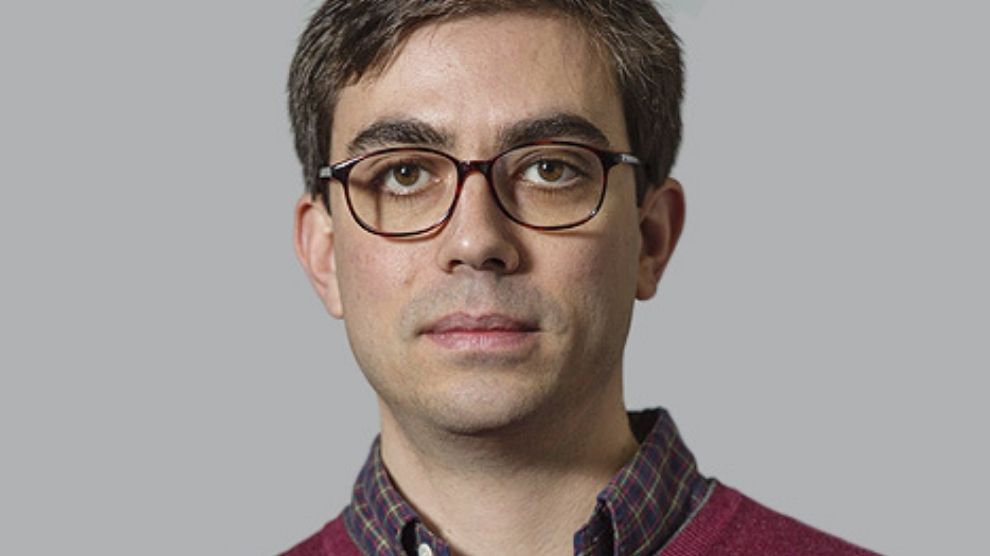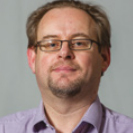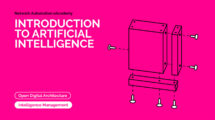The GN4-3N project, 100% funded by the European Union, sees the biggest network renewal in a decade, bringing a new phase of connectivity to Europe. CONNECT spoke with Sebastiano Buscaglione, Network Architect at GÉANT, to learn more about what this means for European research and education.
Words: Interview by Karl Meyer, GÉANT
Sebastiano, I know you and your team are busy with the network implementation so thank you for your time. Briefly, what is the work involved in GN4-3N?
GN4-3N is a major network refresh designed to take advantage of both the changes in technologies and the changing face of network procurement, to give research and education communities improved performance, increased flexibility and reduced expense alongside long-term platform stability.
In GN4-3N there are two main workstreams dealing respectively with:
- Acquisition of infrastructure (Fibre or Spectrum)
- Refresh of the DWDM line system
Regarding the first workstream, essentially GN4-3N changes the way we acquire infrastructure to build the network, allowing GÉANT for the first time to establish contracts of much longer length than has been possible before (the IRU covers 15 years). Until now GÉANT infrastructure was built through short-term leasing of the fibres or circuits, which involved short-term solutions and strategies.
The supply of these services from the telecommunications companies was, in many regions, very limited leading to sub-optimal solutions, increased costs and situations where it was simply not possible to provide connectivity at the required capacity cost-effectively. This has exacerbated the digital divide with some regions unable to host data intensive research projects due to lack of (affordable) network capacity.
With the GN4-3N project, the approach has been reversed and the infrastructure has been designed based on long-term acquisition of dark fibres or portions of the (fibre) spectrum.
The second work stream covers the equipment, and here the benefit comes from GÉANT and the NRENs having responsibility for deciding how to implement and share this network.
In this way, the GN4-3N project enables fairly priced, high capacity connectivity across all of Europe.
What about commercial networks?
In 2019 the current GÉANT network carried 2.8 Exabytes of data, an increase of 17% over the previous year and we see substantial growth every year. The profile of this traffic is very different from typical commercial or domestic network traffic. Commercial networks also need to return a profit, balancing user requirements against capacity cost, and this can limit the capacity they make available to users.
In addition, there is a clear digital divide between European countries (and also within them), with highly developed areas from the point of view of access to the network and others that are still poorly served and often penalised by high access costs. This involves a vicious circle whereby investments in technology tend to be attracted to areas that are already developed, leading to a progressive widening of the gap between countries, both in terms of infrastructures and in terms of know-how.
Without external intervention this vicious cycle will continue, further widening the digital divide.
How will GN4-3N Help?
GN4-3N is designed to level the field so that a Gigabit of capacity will cost virtually the same throughout the network and not only that, because of the 15 year IRU agreements, there will be consistency and predictability of costs. This will enable long-term planning for NRENs and research projects across Europe, as well as providing countries with equal opportunities in terms of connectivity and their ability to host data intensive projects.
In terms of addressing the digital divide, one of the benefits of the new network will be that high capacity connections will be available throughout the network so that interconnections to other regions can be made throughout the network rather than just in a few locations. As an example, the European connection for the BELLA-S1 project can be made in Portugal rather than having to be back-hauled to a central European location.
In the process we will be building the biggest network in Europe, dedicated to European research and education.
Thank you, Sebastiano – we look forward to further updates!
Learn more about the GÉANT Network and its refresh through the GN4-3N Project: https://network.geant.org







